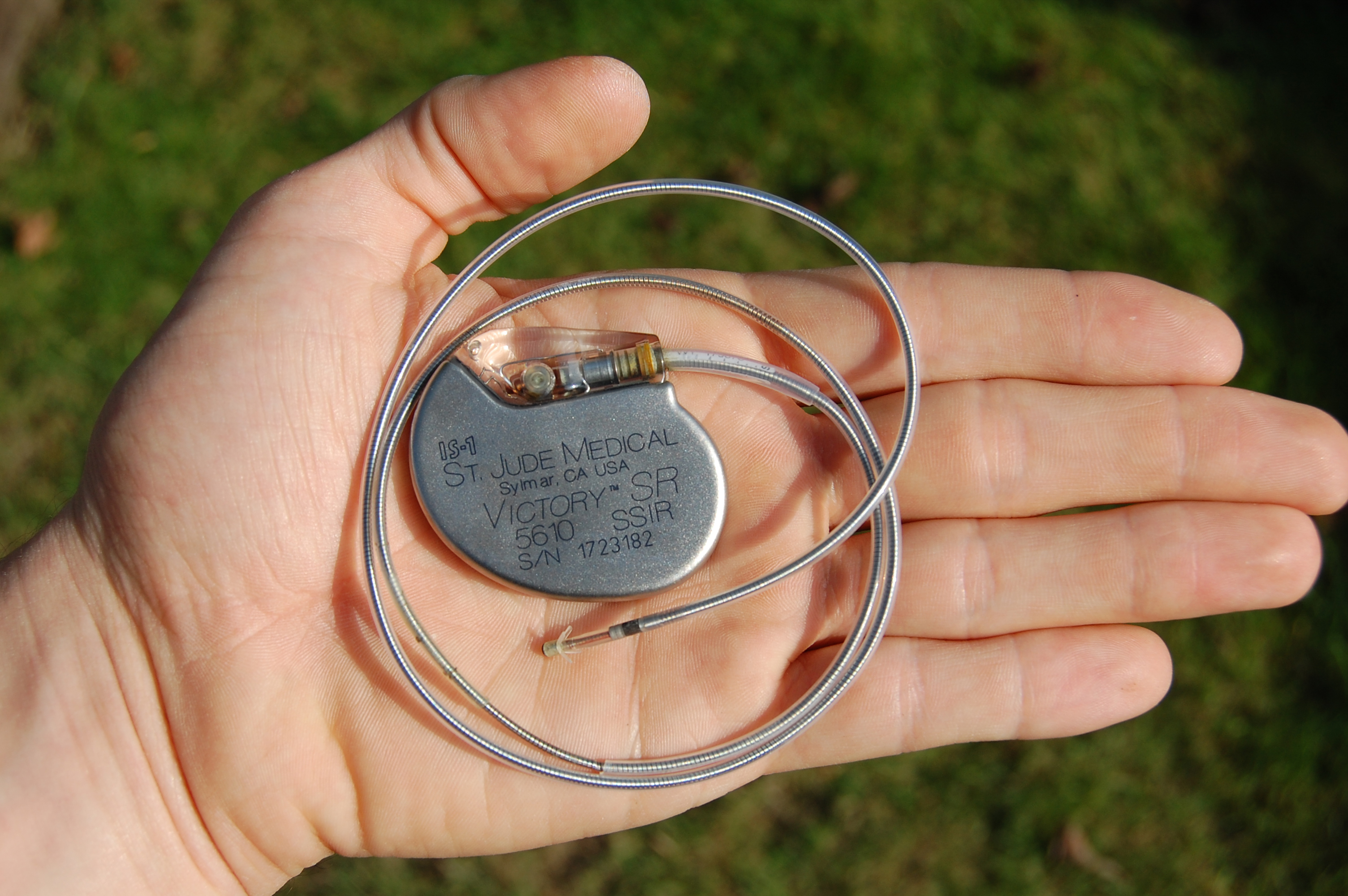
Can You Use a Defibrillator on a Person with a Pacemaker?
Evidence suggests that you can use a defibrillator on a person who has a pacemaker fitted. However, the important thing to do in this case, is to make sure that the pads (electrodes) do not come into contact with pacemaker. The upside of this is that the device will be visible and usually located on the upper left side of the persons chest. Pads are placed on the upper right side of the chest, and on the side of the rib cage under the left arm. This means there should be no contact between the two.
Defibrillators or AEDs save thousands of lives each year. At Defib Machines we are determined to ensure that members of the public feel confident enough to use an AED if a person is suffering from cardiac arrest.
However, if someone has a pacemaker fitted, it can be difficult to know the best way to help them. Defib Machines offers basic training with all of our AED rental packages, ensuring that you know how to help when emergency strikes! If you would like to find out more about AED training, get in touch with one of our experts.
What is a Pacemaker?
In order to understand the implications of using an AED on a person with a pacemaker, it is important to understand the purpose of a pacemaker, and what it looks like.
A pacemaker is a small device that is placed in the chest of a person suffering from an abnormal heart rhythm, known as arrhythmia. If a person’s heart is prone to beating to0 quickly or too slowly, blood is pumped through the body at an irregular speed, often causing complications.
Pacemakers are designed to emit small electrical impulses to keep the heart beating at a regular pace when it detects any sign of arrhythmia.
You can usually see a pacemaker through a person’s chest, it is a small round disk usually positioned below the left collar bone.
Using a defibrillator on someone with a pacemaker
A pacemaker is not designed to regulate the heart during ventricular fibrillation (a quiver in the heart that causes cardiac arrest), so defibrillation is still necessary.
If you need to defibrillate a person with a pacemaker, it is important to place the pads at least one inch either side of the device. This will prevent damage from being caused to the pacemaker, whilst still providing the victim with the necessary defibrillation. Although slight damage may be caused, they are designed to withstand an AED.
If you are interested in renting an AED for your property or business, from as little as £1 a day, take a look at our defibrillators available online.
We offer training and repair services to all of our customers. Save a life today with Defib Machines. Make sure your business understands the cost of defibrillator management with Defib Machines.
What is the Difference Between a Pacemaker and an Cardioverter Defibrillator?
Both pacemakers and implantable cardioverter-defibrillators (ICDs) are devices which are used to treat individuals with abnormal heart rhythms. Pacemakers are implanted devices that cause cardiac contraction through electrical stimuli. Implantable cardioverter-defibrillators, on the other hand, are designed to treat tachyarrhythmia and can provide one of three treatments if a hazardous cardiac rhythm is detected.
Will I Get a Shock as well if Someone is on a Metal Floor?
No. Put simply, the shock is not aiming to get to the ground as quick as possible as is seen with voltage. Joules will aim to get between the two pads and will not pass into the floor. An example we would use is that a defibrillator can be used on an airplane.
Contact Defib Machines for more advice on AED usage
If you have any questions, or would like to find out more about any of our products, please call us on 0800 0852 733, or contact our team online.


